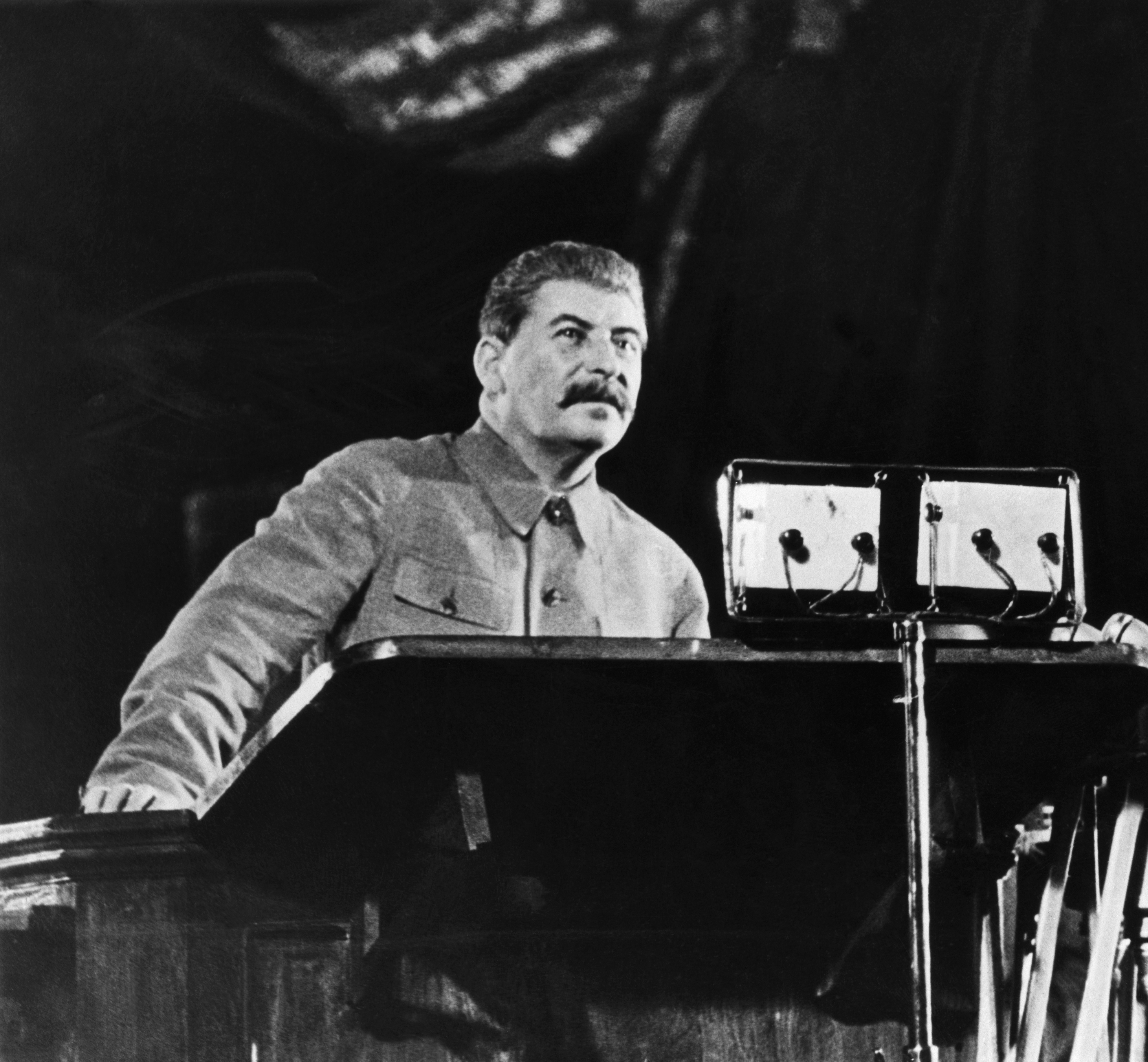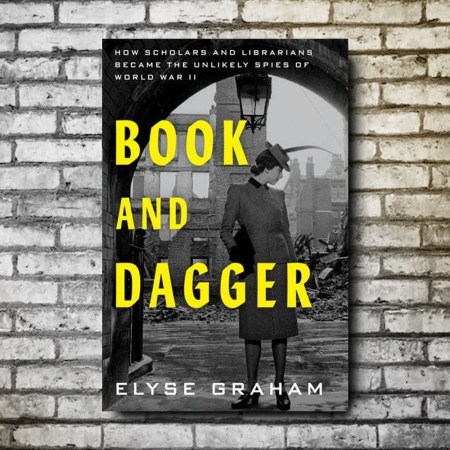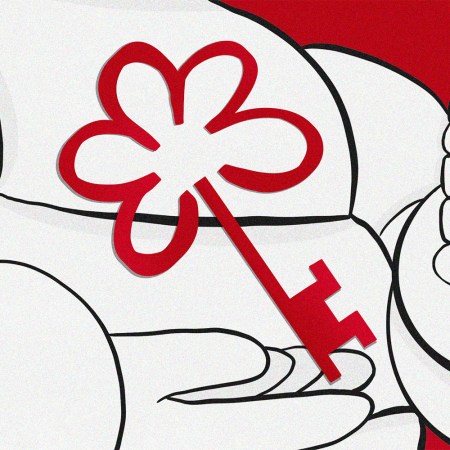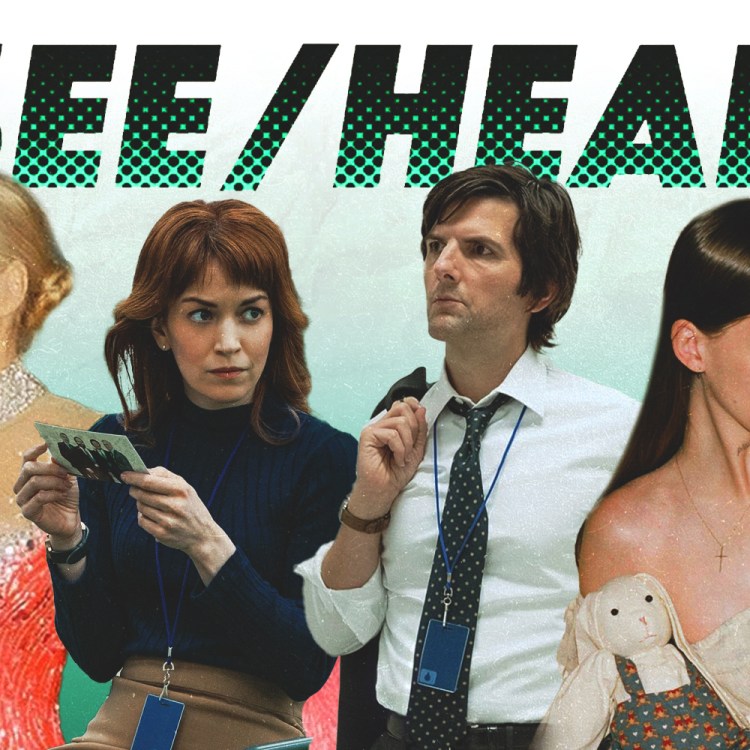To just about any policeman, the corpse discovered in a Washington, D.C., hotel looked to be a clear-cut case of suicide.
The dead man on the ground, the bullet wound to the side of the head, the gun in the hand, the doors and windows locked from the inside, the three – three! – suicide notes discovered nearby.
But to anyone who knew Walter Krivitsky, his sudden death in February 1941 looked far more nefarious.
After all, Krivitsky, a high-level defector from Soviet military intelligence who was convinced Russian assassins were coming for him, had seen it all coming, including the cover-up.
“If they ever try to prove that I took my own life, don’t believe it,” he reportedly told a U.S. official in the months before his death.
Krivitsky had been a high-level spy in Russia’s GRU military intelligence outfit until he defected to the West in 1937. He had served loyally for nearly two decades, but the inhuman purges by then-Soviet leader Joseph Stalin made Krivitsky question everything he had believed about his homeland.

The final straw, he later wrote, came when Stalin made “his final demand upon me – the demand he made upon all responsible officials who wished to escape the firing squads of the [military intelligence]. I must prove my loyalty by delivering a close comrade into his clutches. I declined the offer. I broke with Stalin.”
Instead, Krivitsky decided to “tell the truth” about the Soviet leader. In addition to cooperating with Western governments, Krivitsky became the source of a series of articles in the Saturday Evening Post and then a book that revealed the secrets of the Soviet system at the time.
“He was a man who was on the inside of the secret service and intelligence headquarters in Moscow, and his information was vast,” journalist Isaac Levine, who knew Krivitsky, later told U.S. lawmakers.
But by shining a light on Stalin’s system, Krivitsky also put the spotlight on himself. Krivitsky knew that Soviet intelligence services regularly abducted or killed critics anywhere in the world, and he came to fear he was on their list.
His fears only deepened in August 1940 when Leon Trotsky, one of the fathers of the Bolshevik revolution in Russia, was murdered in Mexico City with an ice pick.
Krivitsky told a friend, “One day you walk along a street and there is a dead man, run over by a car. And you see it is Krivitsky. You say, ‘Poor man, he should have been more careful.’ You never think it is they who killed me so. They are too clever!”
In the weeks before his death, friends and family said he had come to assume he would be assassinated by Soviet intelligence.
After his death, a translator who worked with Krivitsky told The New York Times, “He was too convinced of his own importance to consider suicide. Besides, he was a fatalist. He felt that the [Russian intelligence service] would eventually get him.
“He was resigned to it.”
Krivitsky’s fear wasn’t an irrational one. Before Krivitsky’s death, an associate wrote to him to report that he had seen a man known as “Hans” arrived in New York looking for him. This must’ve sent a shiver down Krivitsky’s spine, because he knew Hans to be a Dutch assassin often used by Soviet intelligence — including by Krivitsky before his defection.
“In his story Krivitsky dramatically referred to this killer as ‘Hans, the Red Judas,’ because the man had killed a number of former co-workers,” the Times reported.
Krivitsky reportedly considered buying a gun to protect himself and eventually purchased a .38-caliber revolver.
It was the same gun that was found in Krivitsky’s hand a few days later in as he lay dead in the Washington hotel.
After his death, Krivitsky’s family and associates took a special interest in the suicide notes, in which Krivitsky allegedly wrote to his attorney, his family and a friend that it had become “impossible” for him to live. The handwriting was certainly Krivitsky’s but Krivitsky’s attorney told reporters that the content didn’t sound like him – including the use of post-scripts in all three, which was reportedly not a common practice for Krivitsky.
“The notes looked self-explanatory to the police, but to people who knew Krivitsky, they looked strange in many details. It was his handwriting, all right, and it was on the same kind of paper that the Doberts [some friends] had given him at their Virginia farm. But the style was not quite typical of Krivitsky,” according to an addendum to Krivitsky’s book.
With these clues in mind, Krivitsky’s attorney urged the police to further investigate and for the FBI to join them. The police re-investigated, but came up with nothing and maintained the case was a suicide. The FBI, files show, told the attorney that a local suicide was out of their jurisdiction.
So the secret of Krivitsky’s death died with him, but at least the CIA was suspicious enough to include his death in a now declassified CIA report on Soviet assassinations as an “unexplained ‘suicide.’”
This article was featured in the InsideHook newsletter. Sign up now.























